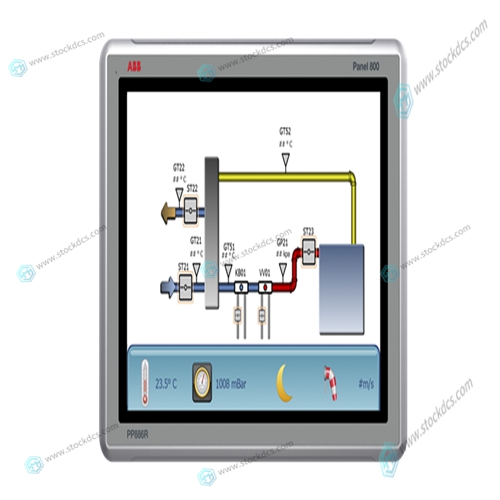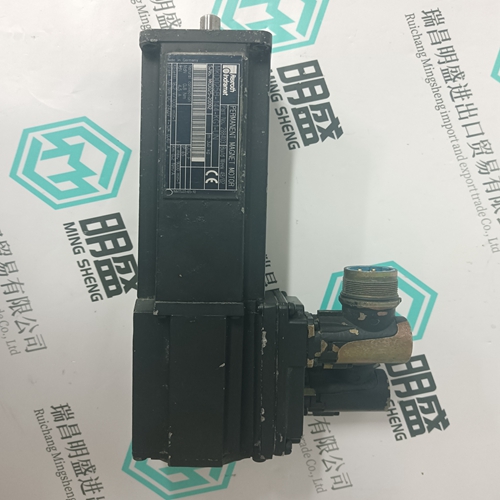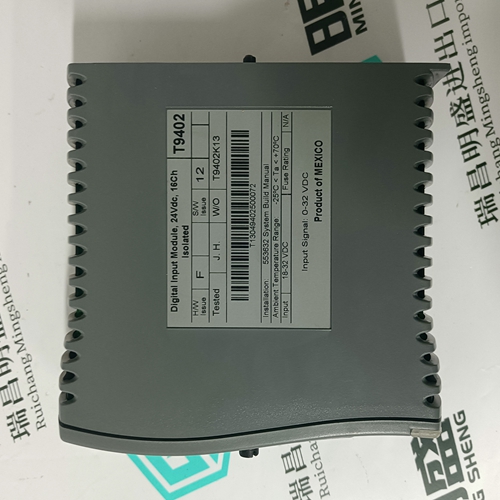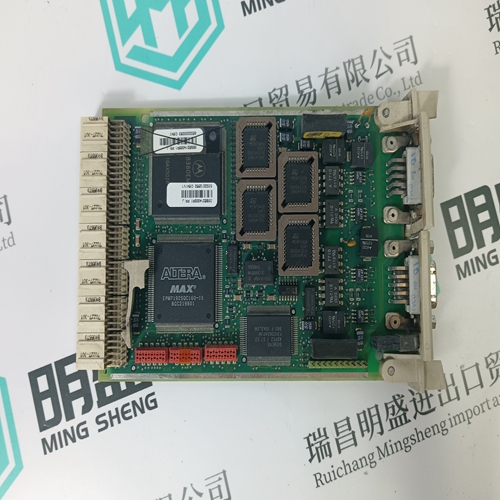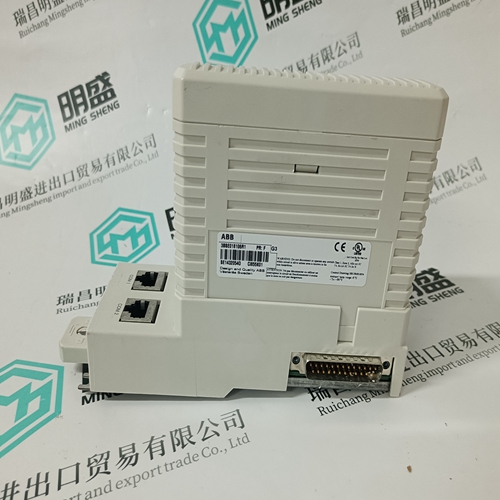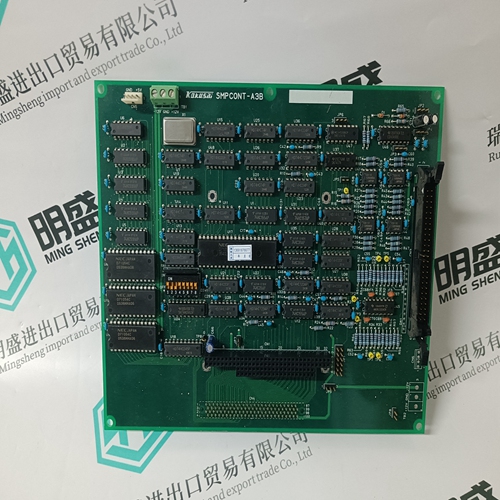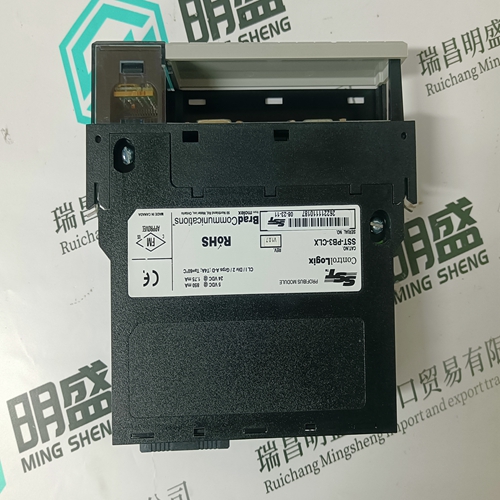Home > Product > DCS control system > ABB PP886R 3BSE092985R1 control screen
ABB PP886R 3BSE092985R1 control screen
- Product ID: PP886R 3BSE092985R1
- Brand: ABB
- Place of origin: The Swiss
- Goods status: new/used
- Delivery date: stock
- The quality assurance period: 365 days
- Phone/WhatsApp/WeChat:+86 15270269218
- Email:stodcdcs@gmail.com
- Tags:ABBPP886R3BSE092985R1control screen
- Get the latest price:Click to consult
ABB PP886R 3BSE092985R1 control screen
This control allows for ease of configuration for the following controls, for two specific interoperability scenarios. RLX2 Bridging optimizes Immediate Broadcasts, Block General Probes and Range for operation when peer devices are primarily other RLX2s. 3rd -Party Clients optimizes these controls for peer devices such as laptops, tablets, phones or any other WiFi devices that perform regular power saving are expecting to connect to this RLX2. If this setting is not used, these client devices may have difficulty in finding the network SSID, and their communication may be erratic due to broadcasts not being transmitted when expected. RLX2 Bridging will still function, although the RLX2 will be responding to all scanning client devices which may introduce some jitter to data being transferred.
Immediate Broadcasting
Forward multicast traffic immediately, rather than waiting for specific time intervals. Block General Probe Requests Do not respond to general probe requests that are not specific to the radio's SSID. Range Allows the radios to account for round trip delays. The Range settings should be the same in all radios in the network and should be at least large enough to account for the length of any links. However, increasing the Range beyond what is necessary can cause a slight decrease in throughput. The default Long range is 25km, which is valid for all operating modes of all radios. Reducing the range setting for systems at closer range may improve throughput. TX Power Attenuation Sets the output power of the radio.
Active Antennas RLX2-IHNF
This control is only available on the RLX2-IHNF radios. The default is set to A, B, C (for a three connector MIMO antenna). The other options are A Only (for one antenna) and A, C (for two antennas). Note that if two antennas are used, they must be attached to the ANT A and ANT C antenna connectors MIMO antennas generally will have three connections so all three antenna ports must be activated. In general, operation with three antenna ports will give best performance. When more than one antenna port is active, the radio will monitor the signal appearing at all antenna ports and dynamically select the port(s) with the best signal. However, there are situations where performance may improve if fewer antenna ports are active. If radios are very close together (typically a few feet), all three antenna ports will receive essentially identical signal strengths and the radio may continuously change antenna ports, resulting in degraded performance.







Application industry
The products can be used in the following industries: power plant, paper making, steel, mining, rubber, water supply, cement, chemical industry, glass, printing Textile, machinery, plastics, coatings, medicine, hospitals, food, hotels, scientific research institutions
